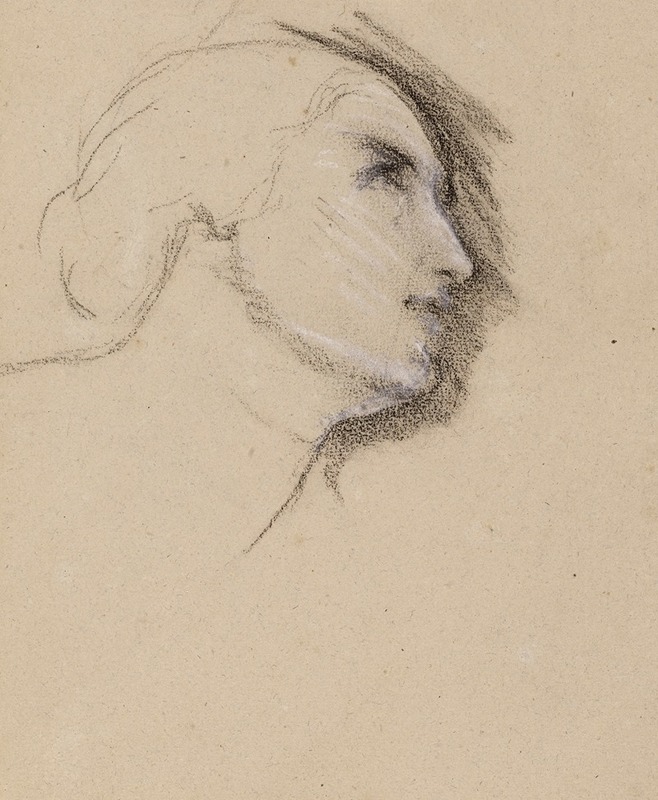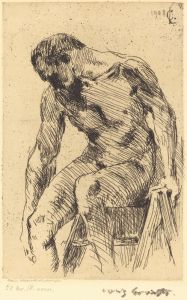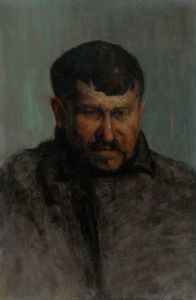
Etude de tête de femme
A hand-painted replica of Narcisse-Virgile Diaz de La Peña’s masterpiece Etude de tête de femme, meticulously crafted by professional artists to capture the true essence of the original. Each piece is created with museum-quality canvas and rare mineral pigments, carefully painted by experienced artists with delicate brushstrokes and rich, layered colors to perfectly recreate the texture of the original artwork. Unlike machine-printed reproductions, this hand-painted version brings the painting to life, infused with the artist’s emotions and skill in every stroke. Whether for personal collection or home decoration, it instantly elevates the artistic atmosphere of any space.
Narcisse-Virgile Diaz de la Peña (1807–1876) was a French painter associated with the Barbizon School, a group of artists known for their focus on naturalistic landscapes and scenes of rural life. While Diaz de la Peña is primarily celebrated for his richly colored landscapes and depictions of forest interiors, he also painted a number of figure studies, including portraits and genre scenes.
"Étude de tête de femme" (Study of a Woman's Head) is one of Diaz de la Peña's works that exemplifies his skill in capturing human expression and form. This painting is a study, meaning it was likely created as an exercise or preparatory work rather than a finished, formal composition. Such studies were common among artists of the 19th century, as they allowed painters to experiment with techniques, lighting, and anatomy.
The artwork depicts the head of a woman, rendered with a focus on her facial features and expression. The brushwork is characteristic of Diaz de la Peña's style, with a soft and painterly approach that emphasizes texture and light. The use of warm tones and delicate shading suggests the artist's interest in creating a lifelike and emotive representation. The background is typically subdued, directing the viewer's attention to the subject's face.
While Diaz de la Peña is best known for his landscapes, his figure studies, including "Étude de tête de femme," demonstrate his versatility and ability to work across different genres. These works also reflect the influence of Romanticism, a movement that emphasized emotion, individuality, and the beauty of the natural world. In this context, the painting can be seen as part of a broader artistic trend in 19th-century France, where artists sought to explore both the human figure and the natural environment with equal depth and sensitivity.
The exact date of creation for "Étude de tête de femme" is not definitively documented, but it is consistent with Diaz de la Peña's active period as a painter, which spanned the mid-19th century. The painting is often noted for its intimate and personal quality, suggesting that it may have been intended as a private study rather than a public exhibition piece.
As with many of Diaz de la Peña's works, "Étude de tête de femme" reflects his mastery of color and form, as well as his ability to convey mood and character through his subjects. The painting remains an example of his broader artistic achievements and contributes to his legacy as a prominent figure in 19th-century French art.

















